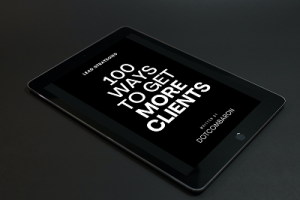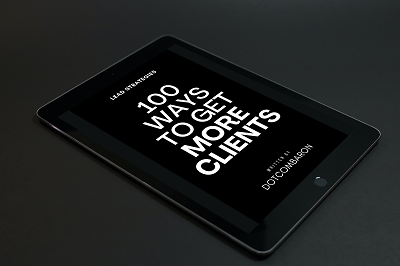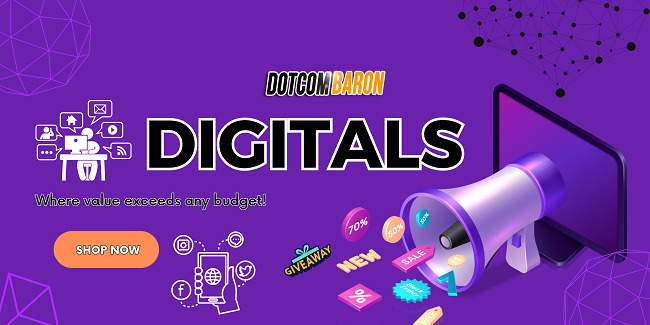In an era where 89% of businesses compete primarily on customer experience, understanding customer preferences is paramount.
This article provides a comprehensive guide to conducting effective client surveys, an invaluable tool in unlocking these insights.
We delve into best practices, optimal timing, and the potential benefits of incentives.
Equipped with this knowledge, businesses can enhance customer satisfaction and loyalty, driving their growth in today’s competitive markets.

Understanding the Role of Customer Satisfaction Surveys
In the landscape of customer interaction and feedback, customer satisfaction surveys serve a pivotal role, providing businesses with crucial insights into the experiences and perceptions of their clientele. The process begins with survey design, a critical step in ensuring the collected data can provide meaningful and actionable insights. The design should be intuitive and engaging to encourage high response rates.
Survey administration plays a key role in reaching a diverse customer base, ensuring that the survey is delivered in a format that is convenient for the customer. This could be through online platforms, email, or even through traditional mail, depending on the demographic profile of the customer base.
Once the responses have been collected, data analysis comes into play. This involves examining the responses, identifying trends and patterns, and drawing conclusions. This analysis should be thorough and objective, taking into account not only the quantitative data but also the qualitative feedback provided by customers.
Finally, feedback utilization is the ultimate goal of conducting customer satisfaction surveys. The valuable insights gleaned from the surveys should be used to inform decisions, improve products or services, and enhance overall customer experience. This can lead to increased customer retention and loyalty, a boost in revenue, and a competitive edge in the market.
Implementing Best Practices in Customer Satisfaction Surveys
To get the most from your customer satisfaction surveys and vastly improve your customer relations, you must carry out best practices in their design, administration, analysis, and utilization. By focusing on key areas such as survey length, question clarity, response engagement, incentive effectiveness, and survey timing, you can unlock valuable insights from your customers.
Survey length is critical because excessively long surveys can deter customers from completing them, leading to loss of valuable feedback. Therefore, it’s essential to keep your surveys concise and only include necessary, clear questions.
Clarity in your survey questions is also crucial. Unclear or ambiguous questions can confuse respondents, leading to inaccurate responses or survey abandonment. Therefore, every question should be simple, straightforward, and easy to understand.
Response engagement is another important aspect. Engaging your customers in the survey process can significantly enhance response rates. This can be achieved by making your surveys interactive, visually appealing, and relevant to the customer’s experience.
Incentive effectiveness can also play a significant role in customer participation. Offering small rewards or incentives can motivate customers to take the time to complete your survey. However, it’s essential to ensure that the incentive offered is appealing and appropriate for your customer base.
Lastly, survey timing can significantly impact response rates. Surveys conducted immediately after an interaction or transaction are likely to yield higher response rates, as the experience is still fresh in the customer’s mind.
Plus, it shows customers that their feedback is valued and acted upon promptly, enhancing customer satisfaction and loyalty.
Strategies for Formulating Effective Survey Questions
Before diving into the specifics of crafting your survey, it’s essential to understand that the quality of your survey data is heavily dependent on the effectiveness of your questions, and crafting these requires careful consideration and strategic planning.
The first strategy to consider is using open-ended questions. These questions allow customers to express their thoughts and feelings without constraints, providing you with richer insights. However, they should be used judiciously to avoid overwhelming respondents and compromising the quality of their feedback.
Next, it is critical to avoid making assumptions about your customers. Always remember that your inside knowledge of your business may not be shared by your customers. Consequently, avoid using industry jargon and ensure the language and terminology used are easily understandable by your audience.
Moreover, your survey should encourage specific feedback. The more specific the feedback, the more actionable it becomes. So, ask direct and detailed questions that nudge your customers to provide comprehensive responses.
Balancing incentives is another crucial aspect of survey design. While incentives can motivate customers to complete your survey, they should not be so large as to coerce responses or strain your budget. Therefore, carefully consider the type and amount of incentive that would be apt for your survey.
These strategies, when implemented properly, can greatly enhance the effectiveness of your survey questions, ensuring you gather valuable and actionable customer insights.
Now that we have discussed formulating effective survey questions, let us move on to determining the optimal timing for customer surveys.
Determining the Optimal Timing for Customer Surveys
While it’s critical to craft effective questions for your customer survey, determining the optimal timing for its distribution is equally important to ensure maximum response rate and accurate, valuable feedback. The ideal survey timing can significantly affect your response rates and customer engagement, and thus, should be an integral part of your data collection strategies.
There are several factors to consider when planning your survey timing. Firstly, the frequency of surveys should be balanced to avoid overwhelming your customers, while still obtaining timely feedback. Regular surveys may yield more responses, but too frequent surveys may lead to survey fatigue and lower response rates.
The time of day and day of the week also play pivotal roles in survey response rates. Studies suggest that surveys sent in the middle of the week tend to receive higher response rates. However, this may vary according to your target audience and their schedules.
Here are five key considerations when determining optimal survey timing:
- Consider your customer’s timezone when sending out surveys.
- Avoid sending surveys during holidays or weekends when customers are likely to be less engaged.
- If your survey relates to a specific event, send it shortly afterward while the experience is still fresh.
- Experiment with different sending times to identify what works best for your audience.
- Keep track of response rates and adjust your survey frequency accordingly.
The Impact and Implementation of Incentives in Surveys
Incentives can play a pivotal role in enhancing customer participation in surveys, thereby increasing response rates and enriching the quality of feedback obtained. However, the implementation of such rewards requires a careful balancing act to maintain financial feasibility while ensuring incentive effectiveness.
Incentives, particularly those that align with customer interests, can significantly boost survey response rates. They serve as an external form of customer motivation, nudging respondents to invest their time and effort in completing the survey. Offering tangible rewards such as discount vouchers, product samples, or reward points can create a sense of reciprocal value, where customers feel their opinions are appreciated and rewarded.
The effectiveness of incentives, however, largely depends on their relevance and desirability to the target audience. Therefore, a thorough understanding of the customer profile forms the cornerstone of successful incentive strategy. The selection of reward options should resonate with customer preferences, thus driving their willingness to participate.
Simultaneously, the financial feasibility of the incentive program is a key consideration. The cost of the incentives should not overshadow the value derived from the enhanced response rates and insightful feedback. Smart budgeting and creative, cost-effective reward options can help strike the right balance.
Frequently Asked Questions
How Can a Business Ensure the Confidentiality and Data Protection of Survey Responses?
To ensure confidentiality and data protection of survey responses, businesses should employ data encryption like a safe guarding priceless jewels. Clear policy communication, staff training, third-party audits and robust incident response plans are also essential.
What Are the Ways to Deal With Biased Responses in Customer Satisfaction Surveys?
To manage biased responses in customer satisfaction surveys, implement Bias Identification, Response Bias Mitigation, and Survey Design Improvements. Use Bias Removal Techniques and evaluate survey accuracy to ensure reliable, unbiased customer insights.
How to Handle Negative Feedback or Criticism Received Through Customer Satisfaction Surveys?
Negative feedback from customer satisfaction surveys should be approached as constructive criticism. Effective feedback management and response strategies can turn a negative review into an opportunity for improvement and damage control.
How Can a Business Segment and Target Different Customer Demographics in Their Surveys?
Businesses can segment and target different customer demographics in surveys through demographic segmentation, survey customization, and targeted questioning. Online polling facilitates this process, with response analysis yielding valuable insights for targeted marketing strategies.
How Can the Results of Customer Satisfaction Surveys Be Integrated Into the Company’s Strategic Planning Process?
Survey utilization involves strategic implementation of customer feedback into planning processes. Through careful data interpretation and results analysis, feedback incorporation becomes an integral part of shaping future business strategies, enhancing customer satisfaction, and driving growth.
Conclusion
In conclusion, harnessing the power of client surveys unveils critical customer insights, fostering business growth. Isn’t it time businesses leveraged these tools to enhance customer satisfaction and loyalty?
Effectively implementing customer satisfaction surveys, crafting well-thought-out questions, timing them correctly, and incorporating incentives can be instrumental in achieving these goals.
The potential benefits are immense, from improving products and services to gaining a competitive edge in the marketplace.








